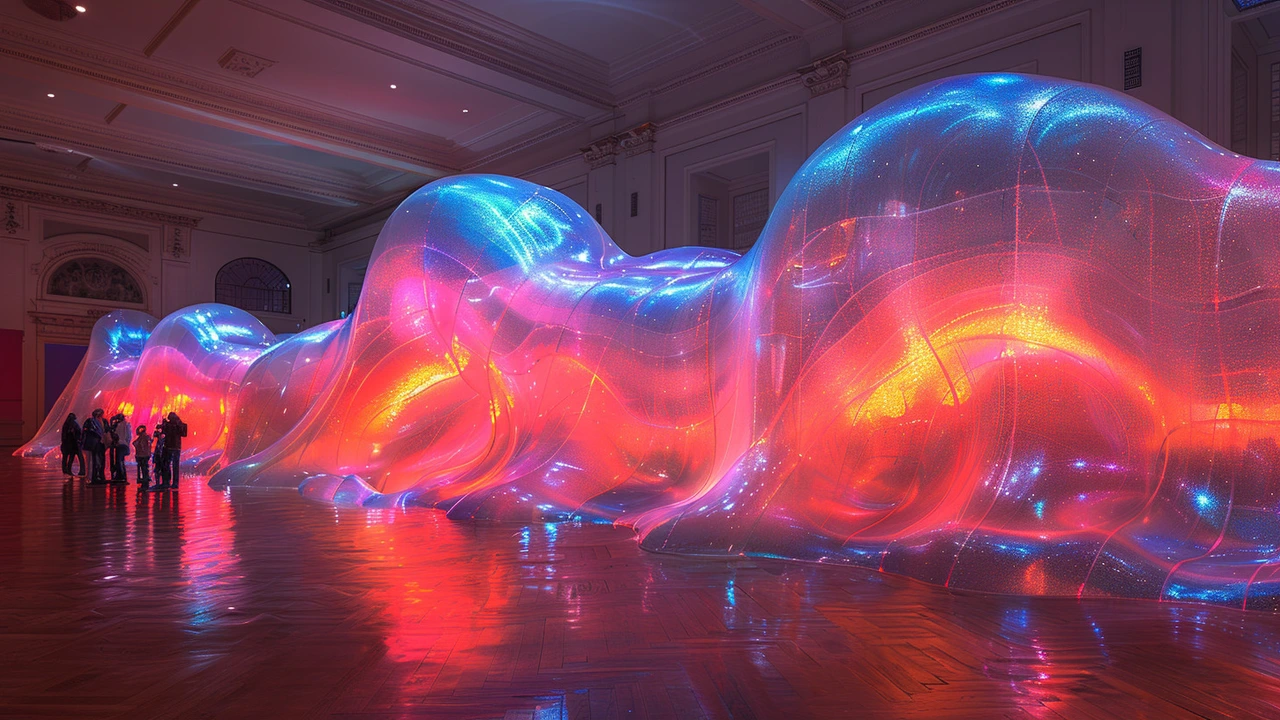Artistic Perception: Train Your Eye to See Better
If you think good art is only about talent, you're missing half the story. Perception is what turns a painting into an experience. Train your eye and you’ll notice choices artists make: brushwork, space, color, and how they want you to feel. This page groups posts that help you read art — from photorealism’s tricks to abstract expressionism’s raw energy — so you can look with purpose, not guesswork.
First step: slow down. Spend at least five minutes with one work. Let your eyes move over it. Note edges, light, and where your gaze returns. Photorealism hides brushstrokes to trick you; noticing tiny reflections or soft edges tells you why a painting feels like a photo. In abstract work, focus on rhythm and gesture instead of meaning right away.
Learn a few visual clues. Lines and shapes guide your eye; contrast creates focus; scale affects emotion. Bauhaus and De Stijl use geometry and balance to feel calm and ordered. Baroque piles on contrast and motion to thrill you. Once you can name these tools, you’ll see how artists solve visual problems.
Context matters. Ask when and why a piece was made. Constructivism and Futurism grew from social and tech change; the Harlem Renaissance tied art to identity and community. Knowing that helps you read symbols and political intent instead of treating works as pretty objects.
How to sharpen your eye
Practice with mini exercises. Copy a small passage of a painting to feel how artists handle edges. Describe a work in one sentence, then expand to five—this forces you to move from broad impression to detail. Compare two images side by side: a photorealism portrait and a hyperreal photo, or a Cubist still life and a traditional painting. Ask: what did the artist leave out? What did they exaggerate?
Use your phone smartly. Take photos of works and crop to study composition. Zoom in on texture for installation art notes or land art patterns. Write a quick note about your emotional reaction; tracking this over time reveals patterns in what moves you.
Examples to practice on
Start simple: a photorealism piece to test detail, then switch to an Abstract Expressionist canvas to study gesture. Look at Bauhaus design for balance and function, then a Fluxus performance clip to spot humor and rule-breaking. Explore ukiyo-e prints to trace storytelling in flat color and line. Each style trains a different part of your perception.
Want a clear plan? Spend one week on detail (photorealism, installation), one week on structure (De Stijl, Bauhaus), and one week on feeling (Expressionism, Baroque). Keep notes and compare how your reactions change.
If you're teaching or guiding others, use simple prompts: ask viewers to pick a focal point, name three materials they see, and state one emotion the work evokes. Repeat weekly with new works regularly.
Artistic perception isn’t magic. It’s practice, context, and honest looking. Use the linked posts on this page to study specific movements and artists. With a few focused habits, you’ll stop guessing and start seeing why art works—or why it doesn’t.


